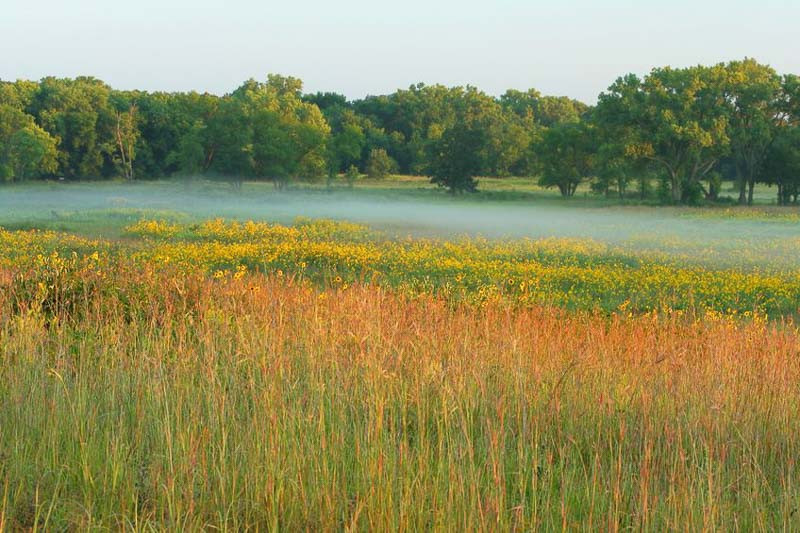Midwest Native Plants: Expert Tips for Gardening Success
Growing native plants in the Midwest can be a rewarding endeavor, providing vibrant landscapes while benefiting local ecosystems. Here are some notable natives and tips for successful cultivation:
- Prairie Dropseed (Sporobolus heterolepis): This perennial grass is noted for its arching spray of fine-textured leaves and airy panicles of fragrant flowers. Ideal for sunny locations and well-drained soil.
- Wild Columbine (Aquilegia canadensis): With its delicate red and yellow flowers, this woodland native is perfect for shady corners. It attracts hummingbirds and is a host plant for some caterpillars.
- Bottlebrush Grass (Elymus hystrix): This perennial grass is cherished for its unique, brush-like seed heads and makes a great border plant.
- Swamp Milkweed (Asclepias incarnata): Despite its name, it grows well in average garden soil. It attracts butterflies, particularly the Monarch, and sports vibrant pink flowers.
For success with Midwest native plants, follow these tips:
- Site Selection: Match the plant’s natural habitat to your site. Some prefer sunny prairies, others thrive in shady woodlands.
- Seasonal Planting: Spring and fall are the best seasons to plant. It gives them a chance to establish themselves before the stress of summer heat or winter cold.
- Water Needs: Once established, native plants usually require less watering than non-natives. However, they’ll need regular watering during the first season.
- Mulch Wisely: Mulch conserves soil moisture and controls weeds, but avoid piling it against plant stems to prevent rot.
Nurturing Midwest native plants can transform your garden into a lively, eco-friendly space that supports local biodiversity.













